All types of firewood behave entirely differently when burning. Hence, finding the best firewood to burn will make your fireplace work more smoother.
Take a look at this comprehensive guide on beech firewood.
What is Beech Firewood?
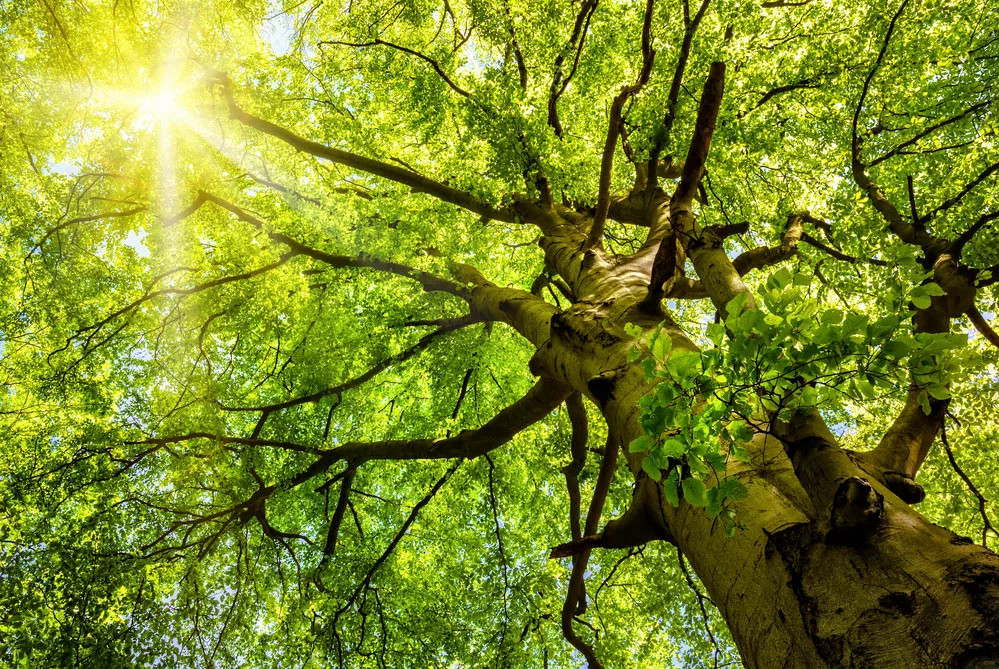
Sun is shining through an old beech tree.
Beech is a hardwood tree renowned for its dense wood, excellent for firewood uses. It’s also useful in the timber industry and as a building material.
However, splitting it can be challenging, although it has perfect coals.
Burn Qualities of Beech Firewood
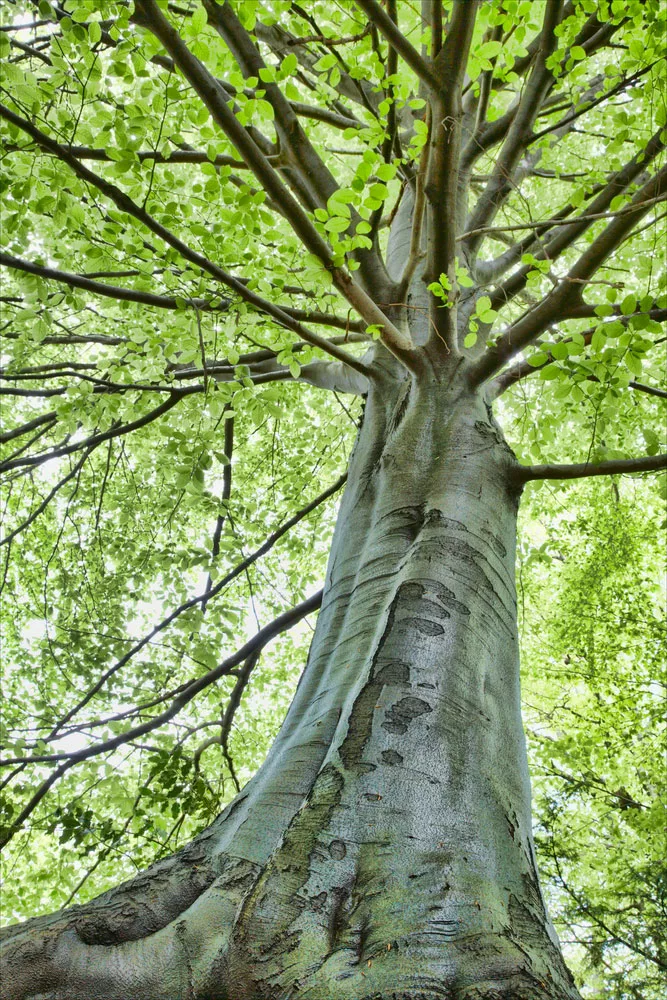
A giant beech tree.
Beech firewood outdoes many other tree species regarding heat output. Below are some of the qualities of beech firewood:
Heat production
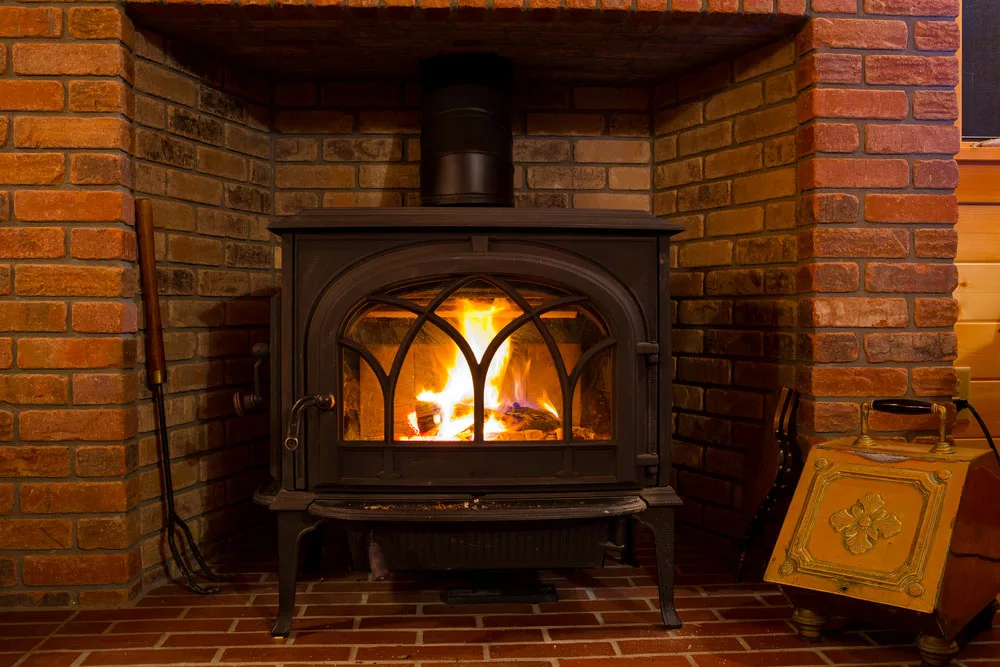
Beech firewood has a high BTU.
Beech firewood produces 27.5 million BTUs per cord. Beechwood is excellent in heat production because it’s a high-density wood with naturally low moisture.
Smoke production
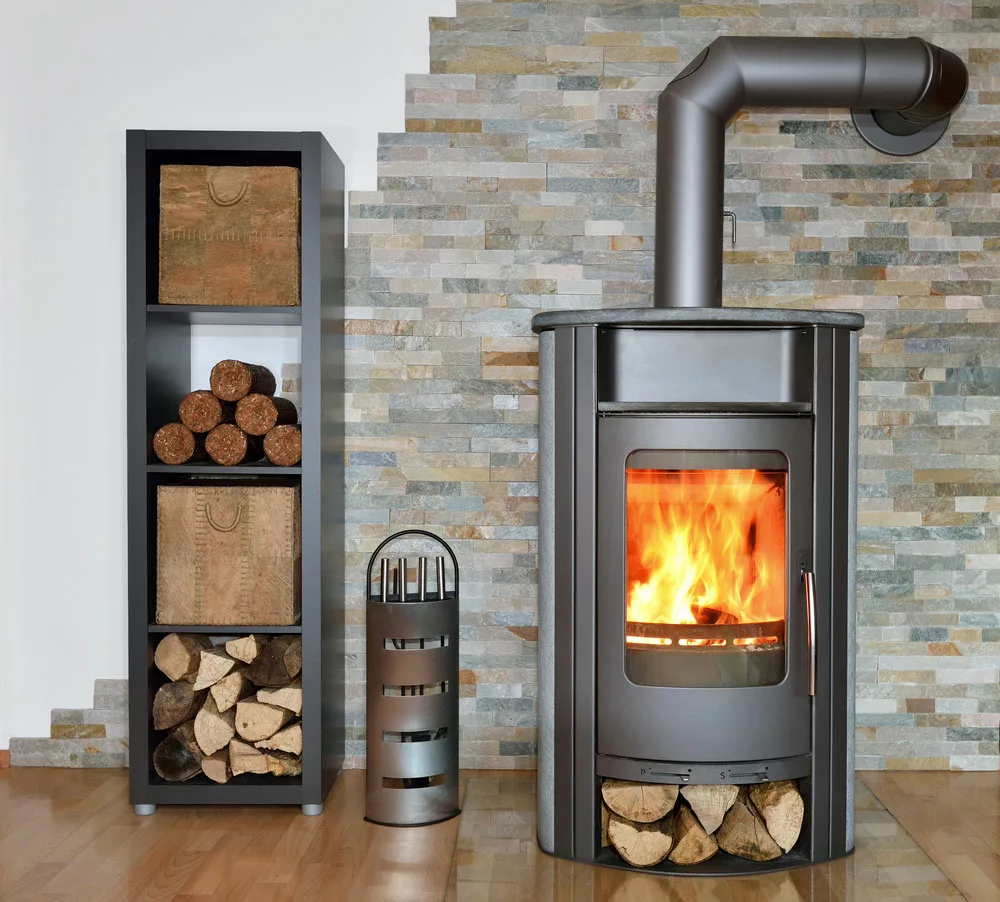
Beech firewood yields limited smoke.
Seasoned Beechwood produces less smoke with a pleasant smell. It’s worth noting that burning high moisture content wood will have a lot of smoke.
Therefore, regarding smoke production, beech firewood ranks among the best woods (low smoke).
Seasoning time

Proper wood seasoning improves its burn qualities.
You should adequately season Beechwood for at least one year. The intention of seasoning should be to bring its moisture percentage to less than 20%.
Remember, like other hardwoods, beech takes longer to season due to its high-density grain.
You can achieve this via proper storage high from the ground. Preferably, stalls measuring approximately 3-4 feet in height will yield efficient firewood seasoning.
Burning smell

Beech firewood burns with a nutty smell.
The fragrance is important when determining the type of wood to burn. Beechwood produces a faint but pleasant smell.
The firewood is also renowned for the nutty taste of its smoke. However, other firewood fares better on this parameter.
For instance, cedar and cherry firewood produce a distinct scent from beech.
Creosote Buildup
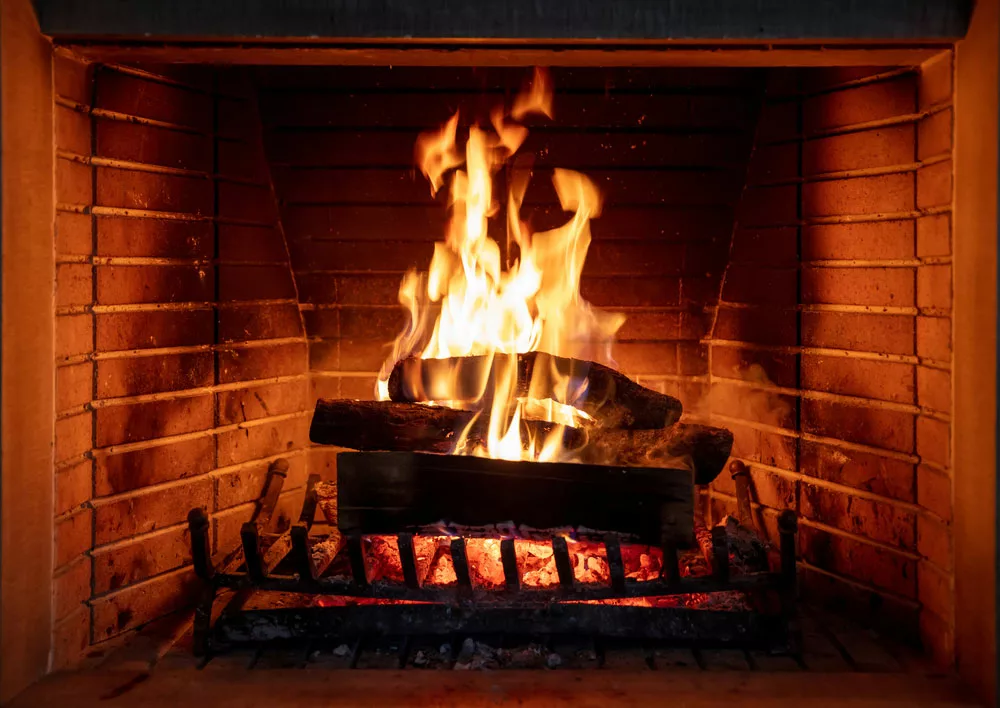
Beech has low creosote.
Beechwood generally has low sap levels, thus making less creosote. The accumulation of creosote can cause blockage of the vent, and it’s also highly flammable if it exists in large amounts.
The rule of thumb is that you should avoid burning wet wood. Undried firewood is renowned for causing creosote build-up.
Also, the quality of the wood determines the speed of creosote accumulation.
Ease of Splitting
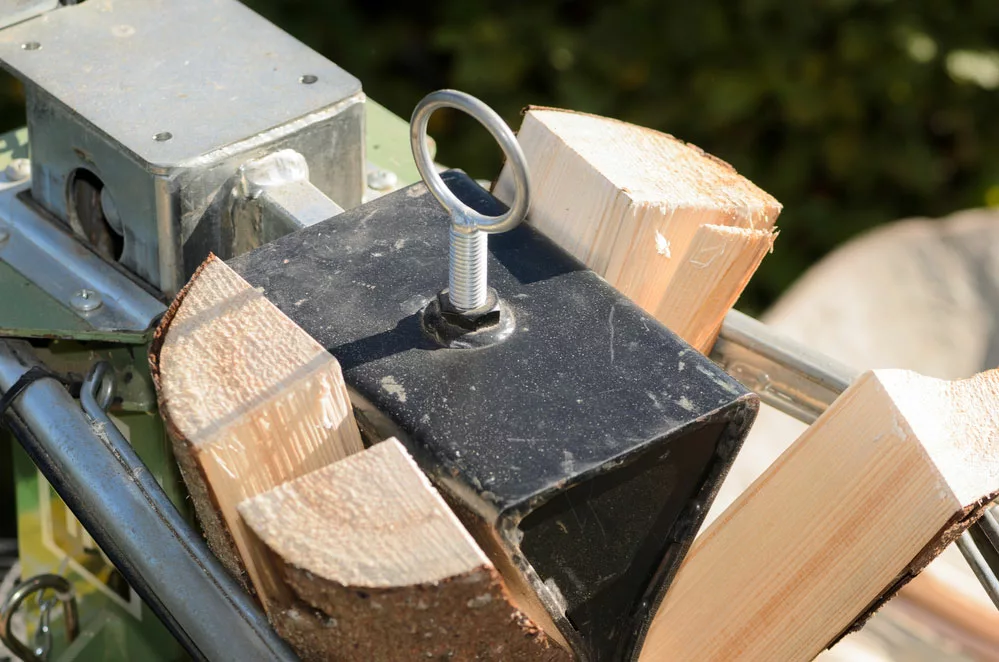
A log splitter for splitting beech firewood.
Splitting beechwood ranks between easy and moderate. The specific ease of splitting will primarily depend on the piece of wood.
Most Beechwood has a knotted, twisty, and so dense grain making it hard to split. Therefore, it would help if you use a log splitter or a power saw for this job.
Coals Quality
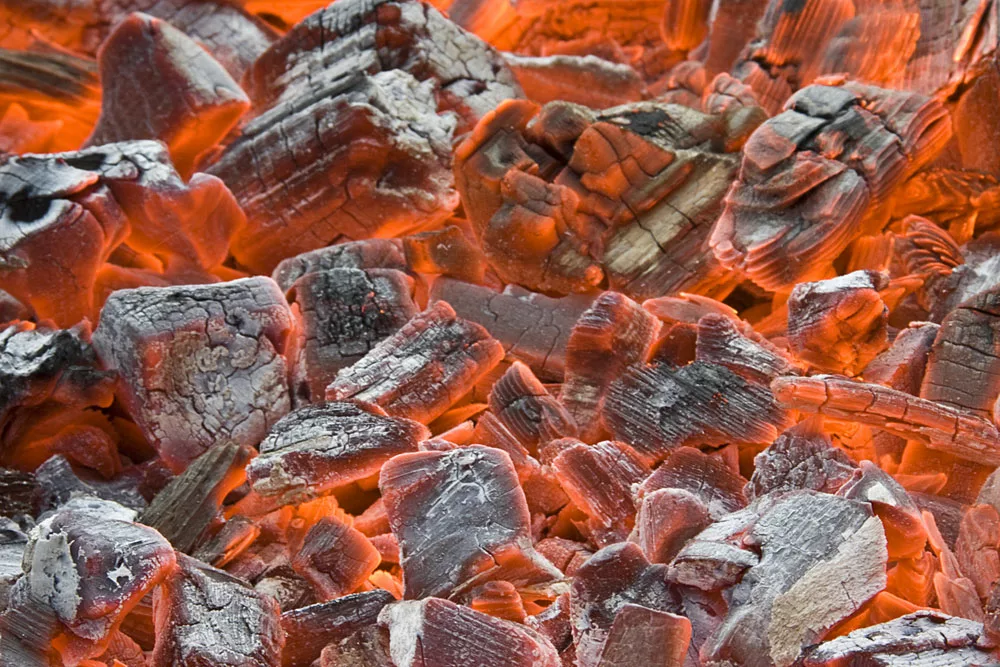
Beechwood makes excellent coals.
Beechwood produces high-quality coal. Furthermore, its coals will burn for an extensive duration. Thus, they will keep your wood stove warm for a long time.
Besides, the long-lasting coals allow you to quickly restart a fire the next day by adding more wood to the existing embers.
However, one of the complaints about Beechwood is that it’s hollow, so sometimes you don’t get as much coal as expected.
Types of Beech Firewood
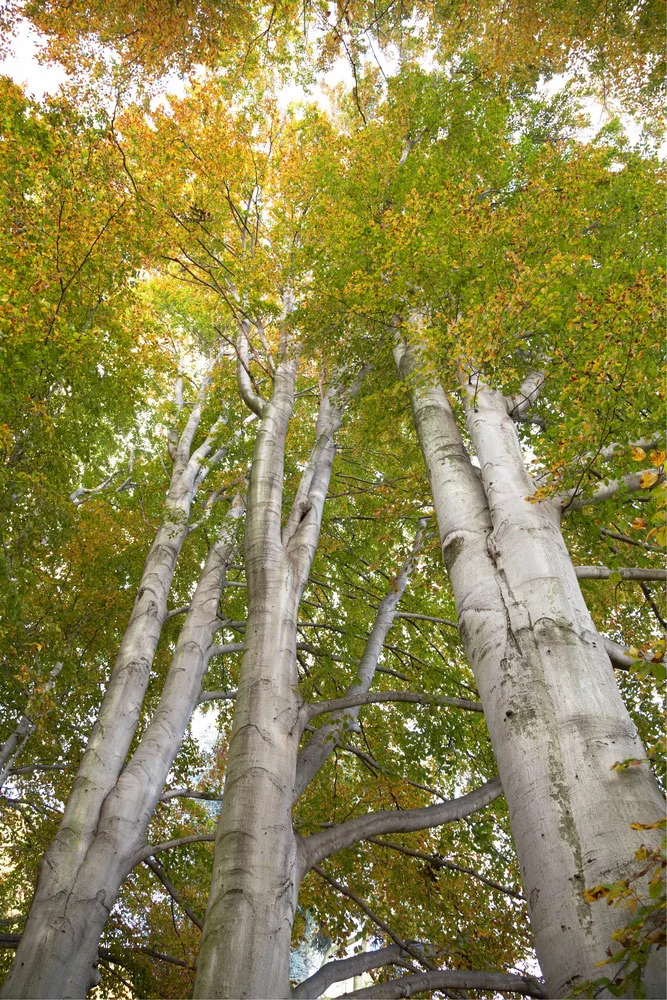
Beech trees during the fall season.
Beech trees naturally occur in Europe and North America’s temperate climates. However, beech trees now grow all over the world.
Their extreme density is unique to beech trees, making them exceptional for furniture building and heating your home.
Here are some of the beech types you can find:
American Beech
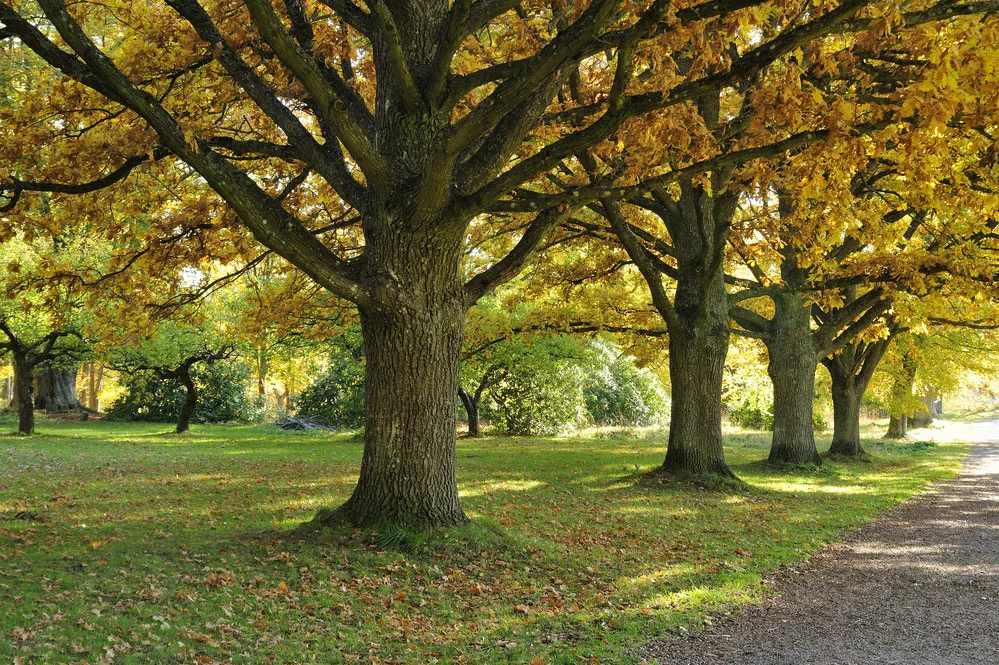
A Beech Forest.
The American beech is the most popular and versatile type of Beechwood. It’s a source of firewood and furniture. Also, the tree grows to a height of up to 100ft.
Further, the tree has dark green leaves that usually turn yellow during fall.
European Beech.
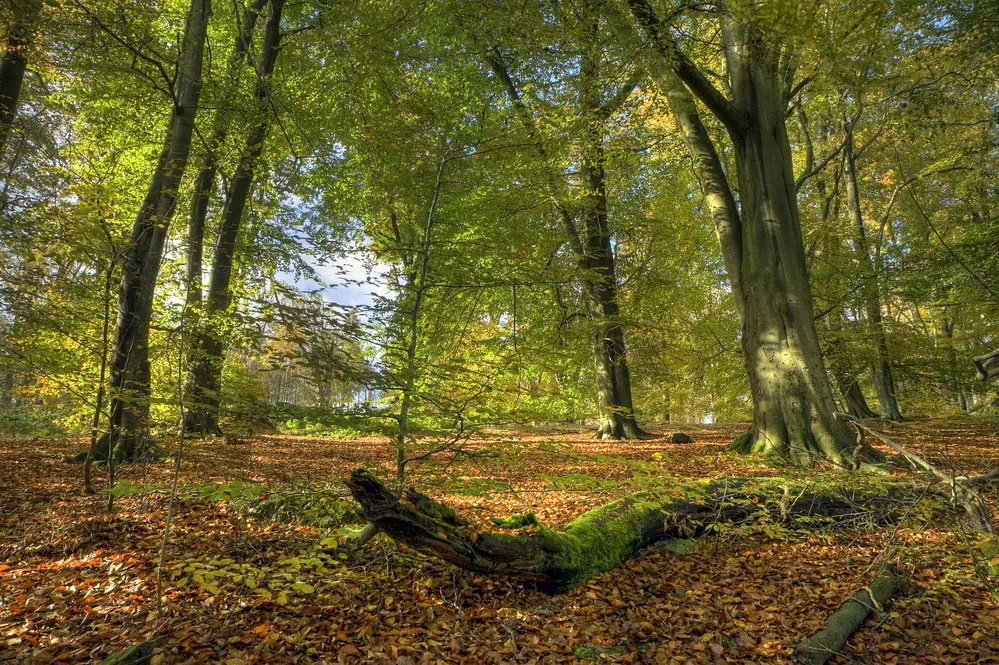
European Beech wood.
It grows as tall as the American beech. Besides, it also features similar excellent firewood and timber qualities. Also, similar to the American Beech, its leaves turn red-brown from dark green during fall.
Chinese Beech.
It can reach up to 65 feet in height and features a bushy appearance, with branches growing from the tree’s base to the top. Its most common use is for decorative purposes, although you can still use it as firewood.
Japanese Beech
While the Japanese beech shares qualities with the Chinese, it grows slightly taller. Again, its branching is similar to that of the Chinese Beech and often has numerous branches.
Mexican Beech
The Mexican beech trees grow tall and may reach up to 130ft. Because of their size and high-quality grain, Mexican beech trees are useful for furniture. The trees are also in high demand.
How to Identify Beech Firewood
Appearance
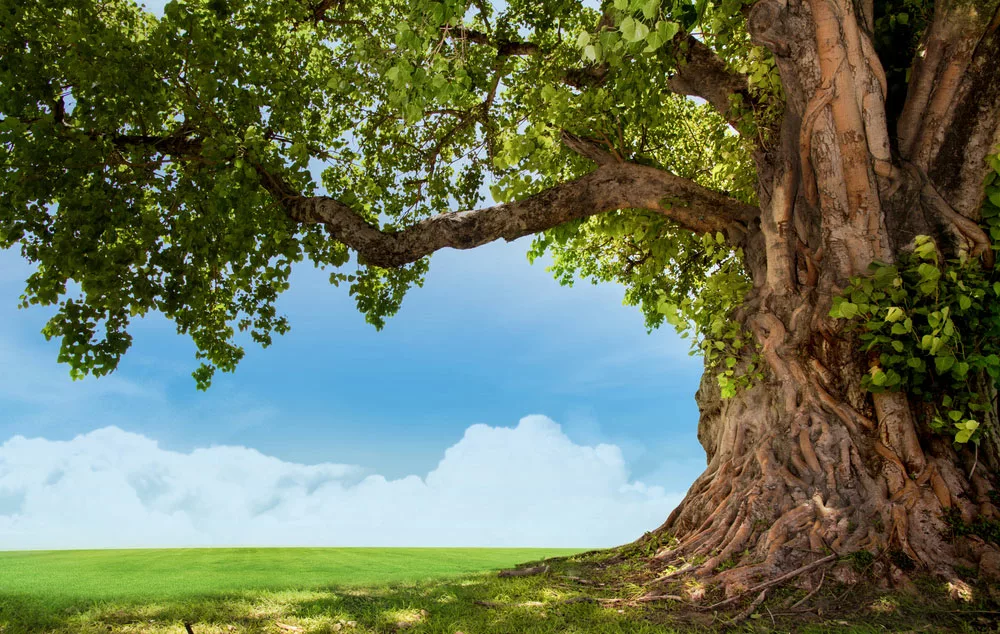
A Beechwood tree
Beech is a deciduous shade tree (it sheds its leaf at some point). Beech is also a relatively tall tree with lime-colored leaves. Also, the tree will generally form a round and dense crown.
All beech species produce yellowish-green flower clusters that mature to become fruits.
Leaves
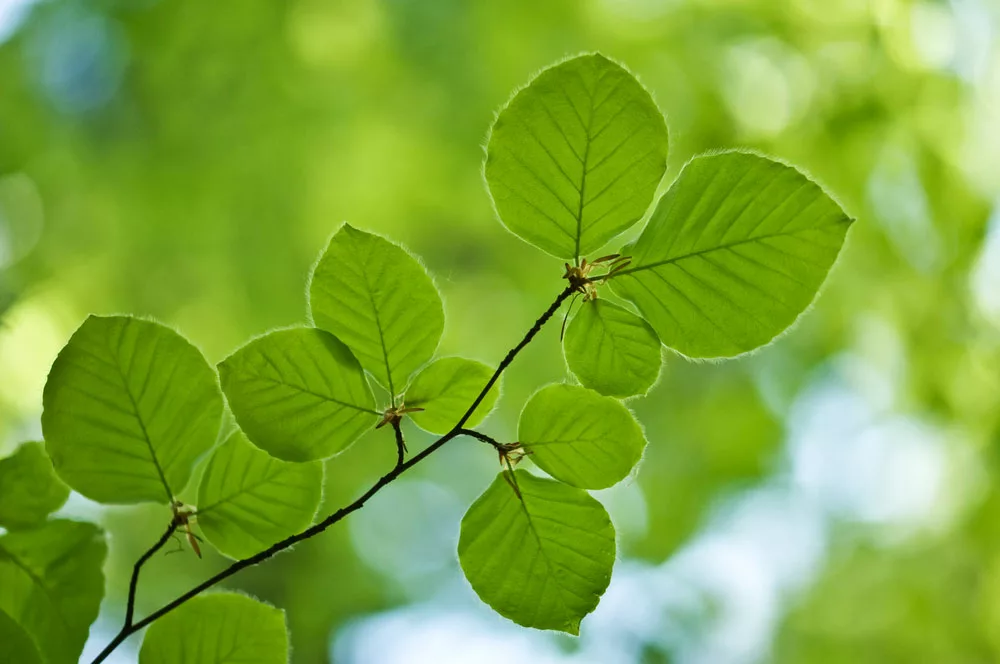
A Beechwood leaf
Beech leaves have oval leaves with cut edges. The leaves measure between 2-6 inches in length and a width of about 4 inches.
Furthermore, the midsection of the leaf towards its edge has a parallel venation.
They also have a glossy appearance that is dark green. Lastly, while young, the leaves are lime green in color. Later, they turn color during the fall, depending on the type of Beechwood.
Beech Bark Disease

A branch affected by beech bark disease.
Beech Bark disease results from the infestation of the beech-scale insect that damages the bark, eventually killing the tree.
In its early stages, the tree has a white-wool appearance on the trunk.
Later, it grows a fungal infection that appears as cankers on the tree. The Cankers continue to grow till the tree is girdled and killed.
Spraying insecticides during the early stage can save the tree.
Comparison to Other Woods
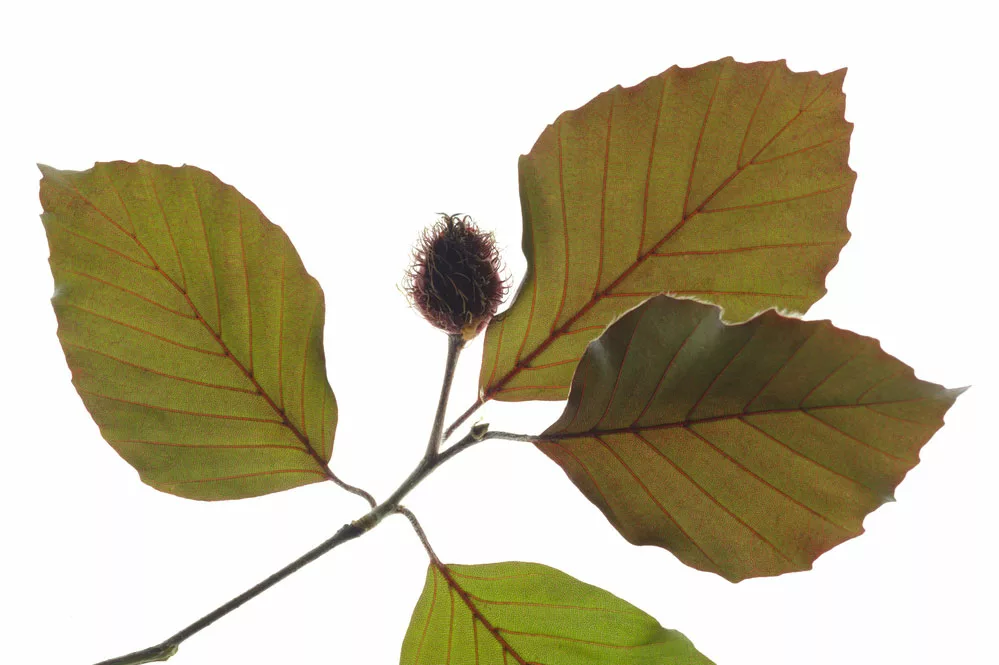
Beech leaves and fruit.
| Type of Wood | BTU (millions per cord) | Ease of Splitting | Quality of Coals |
| Beechwood | 27.5 | Difficult | Excellent |
| Bur Oak | 26.2 | Easy | Good |
| Mulberry | 25.8 | Easy | Excellent |
| Maple | 25.5 | Easy | Excellent |
| Green Ash | 20.0 | Easy | Good |
Beech is a high competitor with an excellent BTU and coals. The only downside is its difficulty in splitting, which can be made easier by using a machine, a power saw.
Conclusion
Finding the best type of firewood makes you have an easier time by the fireplace. This article gave you better insights about beech as firewood. Contact us for more about beech and other types of wood.
